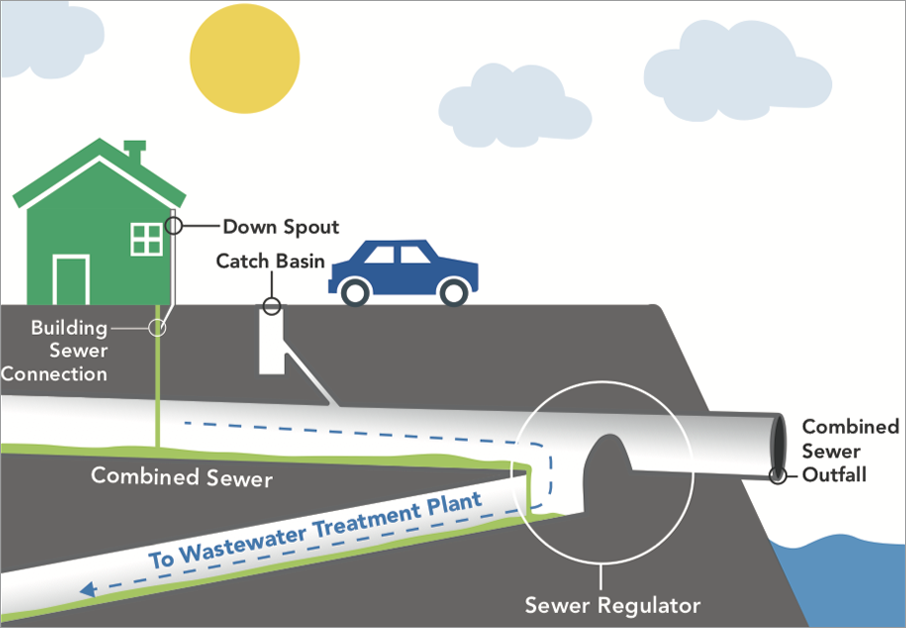Project Members
- Mohammed Shakker Usman (494249)
- Zoe Genet (500698)
- Syed Muhammad Sohaib (494243)
R File for download: link
LCI table for download: link
Introduction
Infrastructure maintenance planning is pivotal for ensuring the longevity and performance of civil engineering systems. This project investigates an integrated maintenance strategy for three key infrastructure system components: stormwater drainage pipes, sludge digesters, and roadways. Each system plays a significant role in urban functionality, and their maintenance requirements are interrelated throughout their respective life cycles.
The goals of this project were twofold: to minimize environmental impact through resource consumption and create an integrated maintenance approach to reduce downtime of three urban infrastructure systems. The goal of the integrated maintenance approach is to preserve these systems’ dependability and performance while reducing their environmental impact. In order to maintain a service level of the highest standard, we decided that the system can only be offline for a maximum of 0.005% of its 40-year life, or 73 days total. We considered offline to be the time during which any one of the three systems was undergoing maintenance activities.
Stormwater drainage systems are essential for controlling urban flooding by managing the surface runoff, and ensure water effectively reaches treatment facilities. Sludge digesters are an important component of wastewater treatment plants and they require periodic maintenance to maintain their system efficiency and avoid system failures. Roadways are essential infrastructure for transportation and connectivity, however, the system deteriorates over time due to dynamic loading and aging. It requires periodic maintenance and rehabilitation to maintain the performance and to avoid system failures.
This project investigates the interdependencies of these systems and evaluates various maintenance strategies by integrating life cycle models from the respective systems. It also evaluates the effects of changes in one system’s maintenance schedule on the others, ultimately resulting in a comprehensive strategy that improves overall infrastructure resilience. A multi-objective optimisation approach is used to balance life-cycle costs and service levels in order to ensure an efficient and cost-effective integrated maintenance plan.
Figure 1: Integration context of the roadway, stormwater pipes, and sludge digester (implied through WWTP connection) systems (NYC Environmental Protection, n.d.)
Sources:
NYC Environmental Protection. (n.d.). Combined Sewer Overflows. City of New York. https://www.nyc.gov/site/dep/water/combined-sewer-overflows.page
→ Next Page: Integration Context
